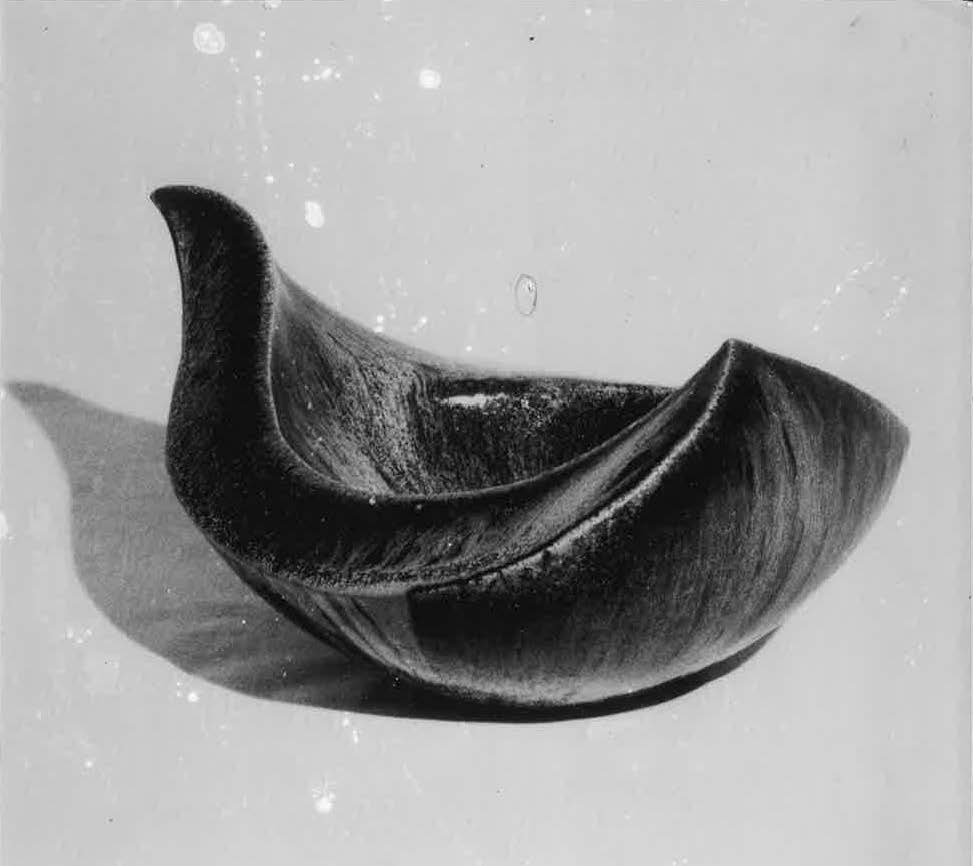Potter James Greig describes his Seed Pot as 'the beginning of a rhythmic unfolding into space'. It’s the starting point for Transformations, his first solo show at Wellington City Art Gallery.
Born in Stratford, Taranaki, in 1936, Greig studies architecture in Wellington and Auckland in the late 1950s, before beginning his career in ceramics. In 1962, he begins working as a full-time potter in Maungakaramea, Northland. In 1964, he becomes resident potter at the Art and Design Centre at Massey University, Palmerston North. In 1968, he settles in the Wairarapa.
Greig receives a QEII Arts Council grant in 1977, which launches his international career, allowing him to travel to London, India, Nepal, Korea, Japan, and Thailand. In 1982, he is awarded a year-long fellowship from the Japanese Foundation to study the work of Japanese potter Kawai Kanjirō. During the fellowship, he becomes the first Western artist to exhibit at Kyoto’s Akasaka Green Gallery and is included Japan’s prestigious ceramics show Tachibana-Ten: One Hundred Best Potters.
Transformations shows how Greig's formal language has evolved over ten years. His ceramics are inspired by the forms of landscapes, plants, clouds, water, and the human body. His Unfolding Form, Growth Form, Land Form, and Leaf Form Bowls are vessels and containers, but also explorations of movement. In 1974, he trains as hot-air balloonist in Australia, and later claims he wants his works to create 'a feeling of undulating and uplifting of the earth, experienced while floating above it in a hot air balloon—an experience of freedom and balanced opposites which I was fortunate enough to have.'
Greig's Intersecting Form and his angular Solid and Void works show his interest in negative space, the ‘voids’ surrounding them. The forms in the Projection series suggest the human body and musical instruments. Of his Emblems series, he says, 'When you look at the curving motif which is isolated in a lot of my work, you can see it as something of an emblem or reflection of the main curve of a classic pot with its fully belly profile and neck. Here it’s transformed and experienced in a different way, but it’s still an expression of the traditional vocabulary of ceramics.'
In 1986, soon after his second and last show at the Wellington City Art Gallery—and on the morning of his solo show at Kyoto's Tachikichi Gallery—he dies of a heart attack, aged fifty.




